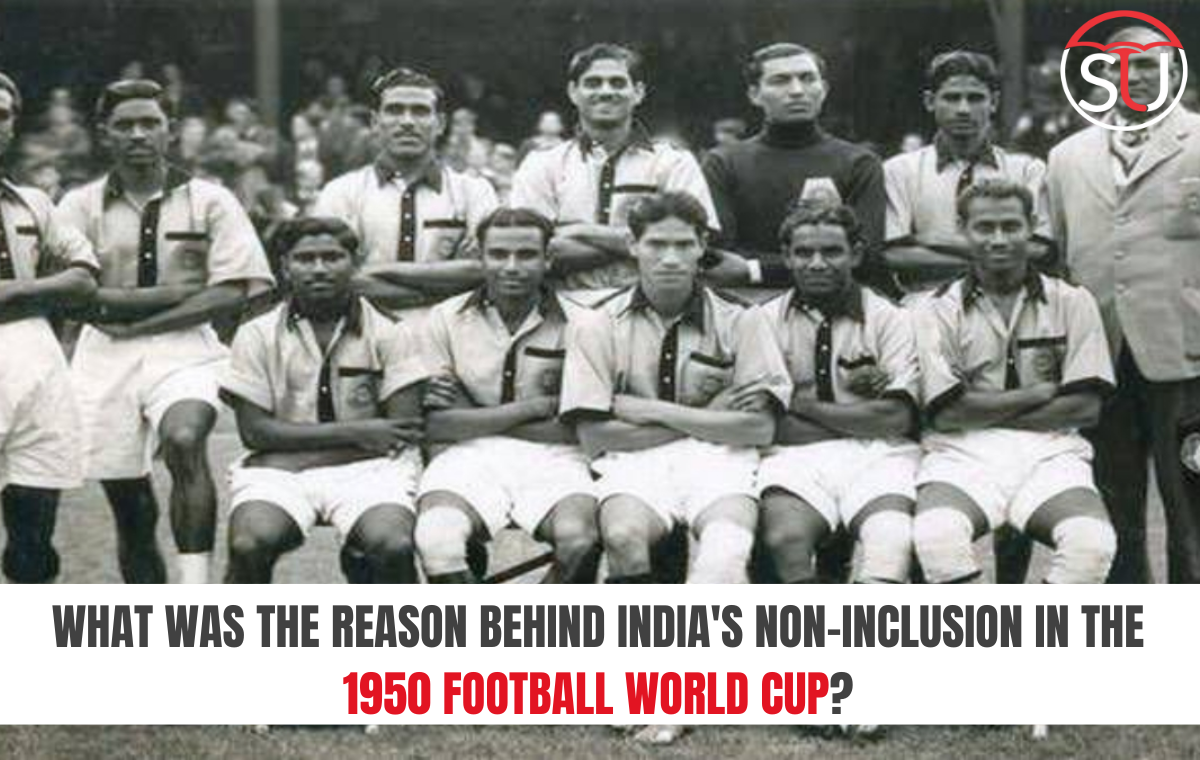The book “Box to Box,” recently released and commemorates the 75th anniversary of the Indian football team, dispels false beliefs regarding India’s absence from the 1950 World Cup. Moreover, it serves as a compelling insight into the past and potential future of Indian football.
The rumored news

Credit: Google
Each time the football World Cup is about to commence, a certain piece of trivia resurfaces – India’s alleged absence in the 1950 edition due to their players’ supposed aversion to wearing shoes. However, this claim has been proven to be a baseless myth. India did not compete in the tournament for unrelated reasons, and there is no record of FIFA forbidding players from playing without shoes.
Nonetheless, a recently published book titled “Box to Box: 75 Years of the Indian Football Team” refutes such claims.
Author cum Editor’s perspective on this matter

Credit: Google
In a section titled “Blunder of the Century,” the author Jaydeep Basu, who is also the editor of the book, discloses how ignorance, a shortage of foresight, a lack of faith in the players, and misplaced priorities on the part of the All India Football Federation (AIFF) led to India squandering a meaningful opportunity to participate in the World Cup.
In his detailed account, Basu, an experienced journalist, narrates the sequence of events that resulted in the AIFF’s decision not to send a team to Brazil, despite the organizers’ offer to share the financial burden.
According to the chapter, various state-level bodies throughout India also pledged their support to assist the AIFF in raising the required funds due to their inability to do so themselves.
Also, read about the Best Fifa Men’s Player of the Year 2022 Award that Goes to the G.O.A.T of Football!! Check Out the Details…
A comprehensive elucidation

Credit: google
After thoroughly assessing various factors outlined in the book, India declared its roster for the World Cup on May 16, 1950.
The team was scheduled to depart for Brazil on June 15 or 16 for their opening game on June 28. “What happened after that remains the biggest mystery of Indian football,” Basu highlights that the non-participation in the World Cup remains a missed chance for Indian football and will persist as a regret until they qualify for the tournament.
In addition to debunking the misconception that India did not participate in the 1950 World Cup, the account sheds light on a recurring theme in Indian football’s history – the absence of vision and innovation demonstrated by the AIFF.
An account of the drawbacks of the federation
It is a sad irony that the federation’s shortcomings are especially poignant amidst the tales of immense achievement and resilience in Indian football narrated by an assorted group of competent writers who have skillfully documented the rich 75-year history of the sport in post-independence India.
Also read about the Professional Evaluation of the Top 5 Football Leagues Worldwide Based on Statistical Analysis.
What message does the book communicate?

Credit: Google
Box to Box is a stark reminder of the current state of Indian football, which is in flux due to a lackluster and directionless league, a diminished ecosystem, and a national team struggling to make meaningful progress.
However, it is also a testament to the rich history and potential of Indian football.
- The book features compelling accounts of notable players from India, including the inspirational story of Dr. T Ao, who was the country’s first captain from Nagaland.
- It also shines a spotlight on Tulsidas Balaram’s modest and unassuming nature, chronicling the remarkable achievements of some of the greatest players the nation has ever seen.
- The topic at hand encompasses several sensitive areas that have hindered the development of the sport.
- However, it falls short in analyzing the underlying causes for the sport’s failure to establish a foothold in the Hindi heartland over 75 years.
Notwithstanding, the work delves extensively into the traditions and customs of some of the prominent football hubs throughout the nation.
Conclusion
Throughout the various narratives, what stands out is the unwavering resilience in the face of numerous challenges. As stated in a commentary on the book, it presents an intriguing and occasionally sad chronicle of a team that continues to stir enthusiasm in millions.
Also read: Legendary Soccer Player Pele Died At the Age of 82



